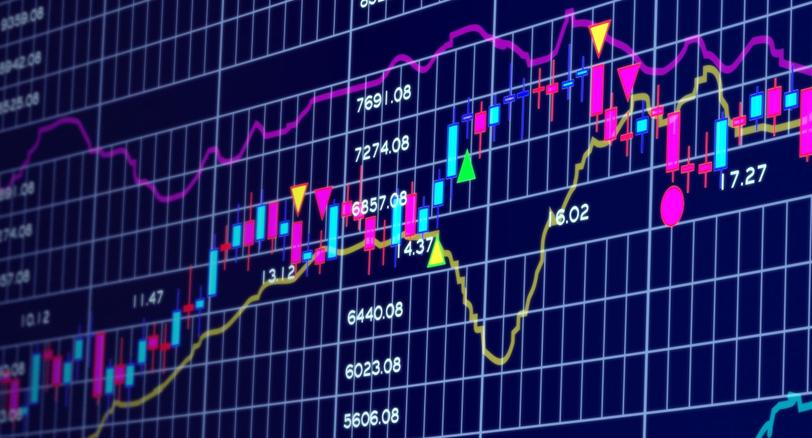
Contracts for Difference, commonly referred to as CFDs, are versatile financial instruments that enable traders to speculate on the price movements of various assets, without owning the underlying asset. Here’s all you need to know about what is CFDs and how they work.
What are CFDs?
CFDs are derivative products that allow traders to profit from price fluctuations in assets such as stocks, commodities, currencies, and indices, without owning the underlying asset itself. Instead, traders enter into a contract with a broker to exchange the difference in the value of the asset between the time the contract is opened and when it is closed.
How do CFDs work?
When trading CFDs, traders can go long (buy) if they anticipate the asset’s price will rise or go short (sell) if they believe it will fall. Unlike traditional investing, CFD trading offers the flexibility to profit from both rising and falling markets. Additionally, CFDs often provide access to leverage, allowing traders to amplify their market exposure with a smaller initial investment.
Key Features of CFD Trading
One of the primary attractions of CFD trading is its flexibility. Traders can choose from a wide range of assets and markets, including stocks, commodities, currencies, and indices, providing ample opportunities for diversification. Moreover, CFDs offer the advantage of flexible leverage, allowing traders to adjust their exposure to the market according to their risk appetite and trading strategy.
Risks Associated with CFD Trading
While CFDs offer the potential for high returns due to leverage, it’s essential to be aware of the associated risks. Leveraged trading can amplify both profits and losses, and traders may lose more than their initial investment if the market moves against them. Therefore, it’s crucial to have a clear risk management strategy in place and only trade with funds that you can afford to lose.
Conclusion
CFDs are powerful financial instruments that offer traders the opportunity to profit from price movements in various asset classes. With their flexibility, accessibility, and potential for high returns, CFDs have become increasingly popular among traders worldwide. However, it’s essential to approach CFD trading with caution and ensure you understand the risks involved before getting started.
- Service
- 0